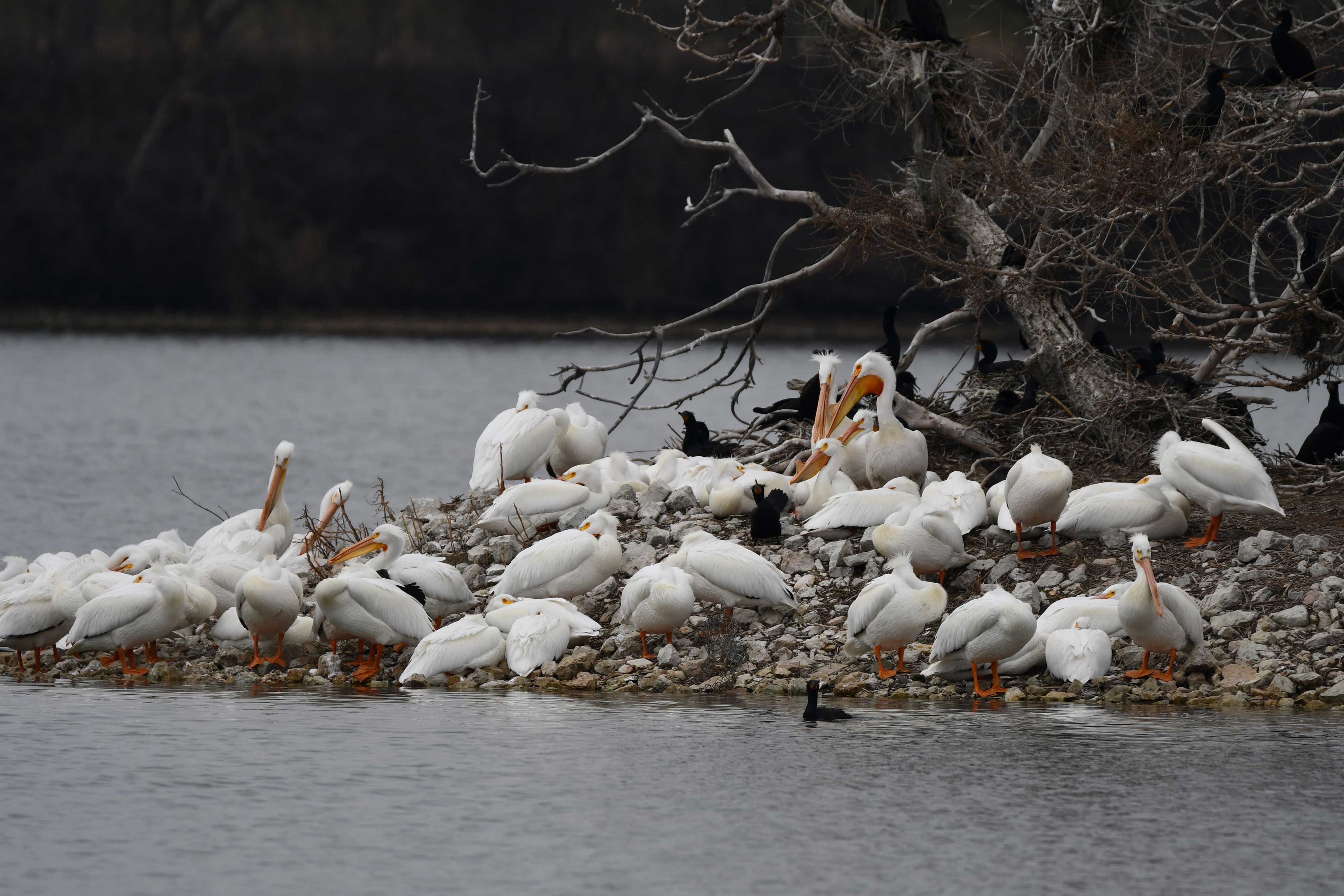| Story by Meghan McMahon |
8/19/2022
Lake Renwick Preserve is a bird paradise for both birds and birders.
Birds like herons, cormorants and other species flock in droves to nest on islands in a lake at the preserve, and that makes the site a big draw for those who want to get a glimpse of these birds. In the past few years, even our national emblem — the bald eagle — has been seen with regularity at Lake Renwick.
The preserve, in Plainfield, is 839 acres in all and is part of the Lily Cache Creek preservation system which conserves about 1,000 acres. Lake Renwick has three access areas: Copley Nature Park, Heron Rookery Nature Preserve and Turtle Lake Access. Copley Nature Park and Turtle Lake Access are open year-round, but Heron Rookery Nature Preserve closes from March 1 to Aug. 15 each year to protect the nesting activity of migratory birds in the preserve. The rookery, one of the largest in Illinois, was dedicated a state nature preserve in 1992 to provide permanent protection for its natural resources.
SUBSCRIBE TO OUR YOUTUBE CHANNEL
The District acquired the land for the preserve between 1989 and 2010, but it has a much deeper history in the Plainfield community. In the early 1900s, the property was a rock quarry owned by a succession of gravel companies. The quarry filled with water when steam shovels used in the quarrying operation hit a spring, allowing water to flow in. The gravel company that owned the land at the time turned it into a recreation area for swimming and fishing, and the property also at times in its history housed a dance hall and a skating rink. During that time, the site also served as an ice emporium in the winter, with 25,000 tons of ice being harvested each season. Ice harvesting continued at the site until 1924, when a fire destroyed the icehouse.
Today, the birds are the big draw at Lake Renwick, said Jen Guest, recreation coordinator for the Forest Preserve District.
“The birds reclaimed the area once the quarry filled with water,” she said.
The birds inhabiting the nesting islands get most of the attention, but they are just some of the birds found at the preserve. “Keep your eyes peeled as you travel through the preserve because the tree line is great for songbirds,” Guest said, “and the lakes are a hopping spot for waterfowl.”

)
)
)
)